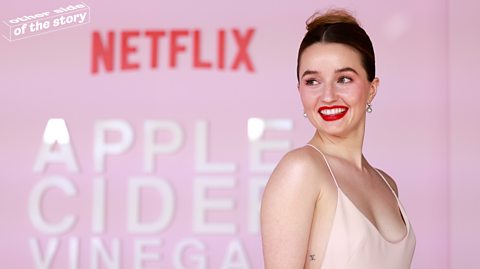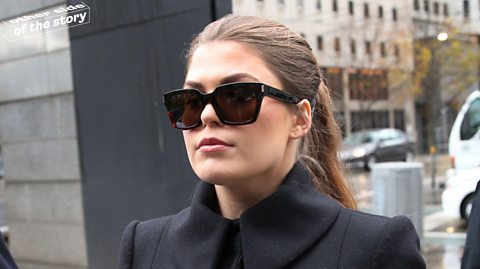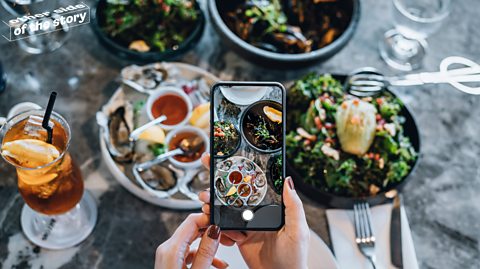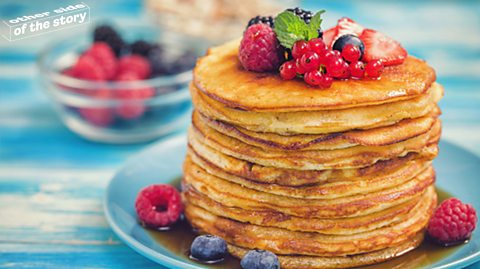
Netflix's recent series Apple Cider Vinegar has already gained more than 5.6 million views, and is currently ranked in the Top 10 most-watched shows in 57 countries.
The series is based on the true story of Australian so-called wellness influencer Belle Gibson, who falsely claimed to have beaten brain cancer using alternative therapies and nutrition.
Following the show's release, a resurfaced interview with 60 Minutes Australia, posted on their official TikTok, has amassed over 20.2 million views, 66.1k shares and 13.9k comments, with most people asking: “Who is Belle Gibson?” and “What’s her story?”
Let’s break it down…

Who is the real Belle Gibson?

Belle Gibson first gained fame in 2013 after blogging about her ‘battle with cancer’ and launching an Instagram account that gained over 200,000 followers – a large number at the time when Instagram was still a relatively new platform.
She went on to release what the Australian media described as ‘the world’s first health, wellness and lifestyle app’, The Whole Pantry, which was downloaded more than 200,000 times in its first month.
The app and spin-off cookbook made more than $400,000 Australian dollars and Belle promised to give a share of her profits to several charities.
However, in April 2015, reporters uncovered Belle had lied about the amount of money she had given to charity, and when they began to investigate they uncovered inconsistencies in her story, including her alleged medical records and the details about her diagnosis.
After being exposed by journalists as a fraud, she confessed the truth in an interview with Women's Weekly magazine, stating "No, none of it's true,". But she refused to take responsibility, insisting she had fallen victim to a shady doctor named "Mark Johns”.
In 2017 she was fined $410,000 Australian dollars for misleading her readers, and in 2021 authorities raided her home after the fine remained unpaid.
As one of the original ‘wellness’ influencers on Instagram, Belle’s story has caught the imagination of the public and inspired several documentaries, as well as the current Netflix series.
These include Bad Influencer: The Great Insta Con on BBC3.
The wellness industry – How to protect yourself

There are now believed to be an estimated 50,000 fitness and wellness influencers on Instagram, and this month alone, the hashtag #wellnessinfluencer has already been used 23.3M times on TikTok.
As the global wellness industry continues to grow, with some predicting it will be worth $9 trillion by 2028, it's crucial to remember that not everything you see online is true.
This was highlighted in a 2023 study which found that nearly two-thirds of the 100 most popular fitness influencers shared content not backed by science, and were promoting unrealistic health, diet, exercise goals, and body images.
So, what should you do if you’re unsure about what an influencer is promoting?
Check their credentials
Look at the influencer’s bio to see if they have any relevant qualifications, e.g. are they a certified trainer, registered dietitian, or licensed professional in their field? Real experts will usually highlight their credentials.
Do your research
Verify the information they share. Look for scientific evidence or expert opinions backing up their claims. If something sounds too good to be true, it probably is.
Watch for red flags
Be cautious if an influencer promotes extreme products, quick fixes, or unrealistic body standards. Reputable influencers focus on balanced, evidence-based advice, not overly sensationalized or extreme claims.
This article was published in February 2025

Not sure if the news you’re seeing on social media is true or false? Can you always tell if the things you see online are real or fake? Learn how to get the other side of the story with our quizzes, videos and explainers.


